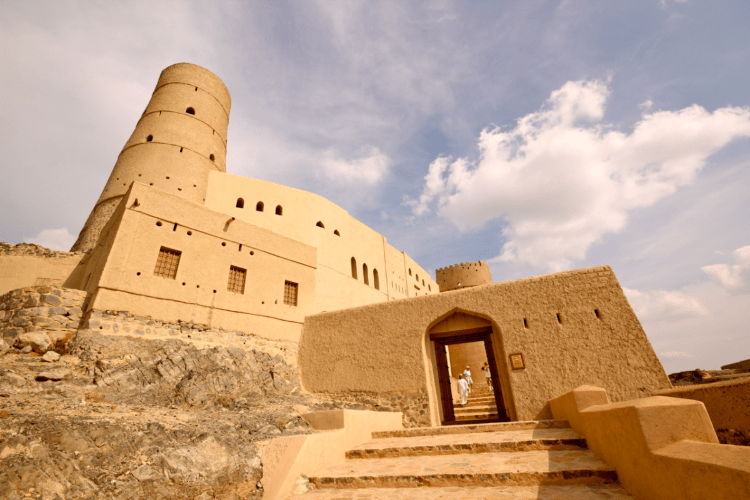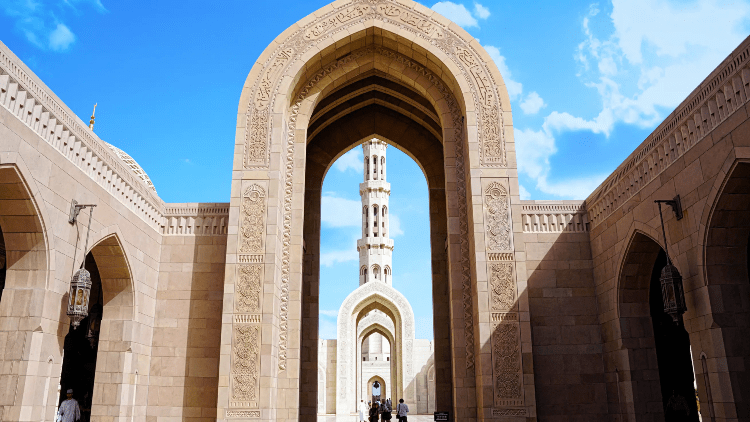The Sultanate of Oman, also known as “The Pearl of Arabia,” is well-known for its terraced orchards (Jebel Akhdar), adobe fortresses, numerous mosques, stream valleys, dhows (traditional Arabian sailing ships), meteorites, and Al Said, the third-largest yacht in the world and the Sultan’s personal vessel.
The Sultanate is now listed by the Australian Lonely Planet website as the seventh best tourism destination in the world for 2022. The rankings are determined by experts’ assessments of popular tourist attractions and activities. According to the website’s research, the Sultanate of Oman won this title because of its varied scenery, which includes deserts, mountains, beaches, and vibrant towns. For anyone interested in seeing a nation with a firmly established and deeply ingrained culture and civilization…Oman is a must-visit!
The website also provided a list of eight tourist-recommended attractions and locations in Oman. A few of the recommended locations were the Sultan Qaboos Grand Mosque, the Royal Opera House, and Muttrah Souq, among others. Muscat Governorate is also home to numerous forts, museums, and other attractions. Also worth seeing are the sands of the South and North Al Sharqiyah Governorates, which are known for their towering sand dunes that reach heights of up to 100 meters.
So let’s embark on a journey to some of Oman’s most captivating locations.
Sultan Qaboos Grand Mosque
Situated in the capital city of Muscat. Sultan Qaboos Grand Mosque is the largest mosque in the nation and the tallest building in Oman according to Culture Trip. The prayer carpet, which covers the prayer hall’s floor space and is produced in 28 different color tones, is the mosque’s most prominent interior feature. The second-largest chandelier in the world hangs from the ceiling of the mosque’s main prayer hall and is a major attraction. Its size is proportional to the mosque’s height. Many people are in awe of the mosque’s characteristic Islamic architecture. This happens to be the only mosque in Oman which welcomes non-Muslims.
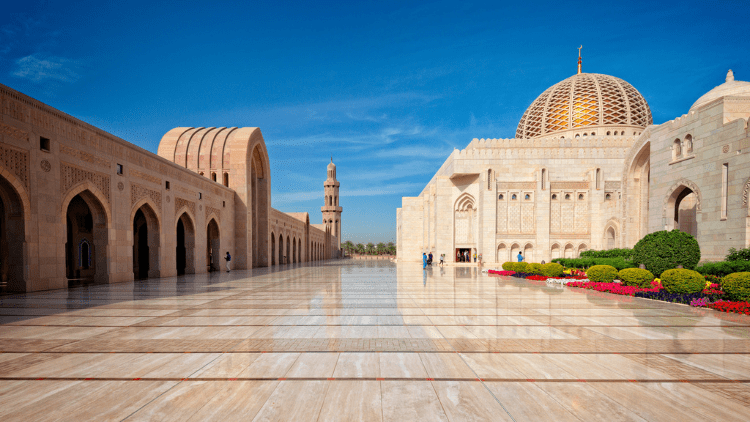
Wadi Shab
This well-known Wadi is found in Oman’s Al Sharqiyah region, situated between cliffs. The Wadi Shab is not far from Muscat, making it easily accessible by car and other modes of local transportation. You may see one of the cave’s unique characteristics as you get closer to the cave’s exterior: a magnificent waterfall that cascades out of the cave and down into the rocky ground. You will enjoy the stunning surroundings of Wadi Shab, according to Trip101, including the crystal-clear lakes nearby, the tranquil sound of leaves rustling in the streams, and the brownness of the towering and uneven mountains.
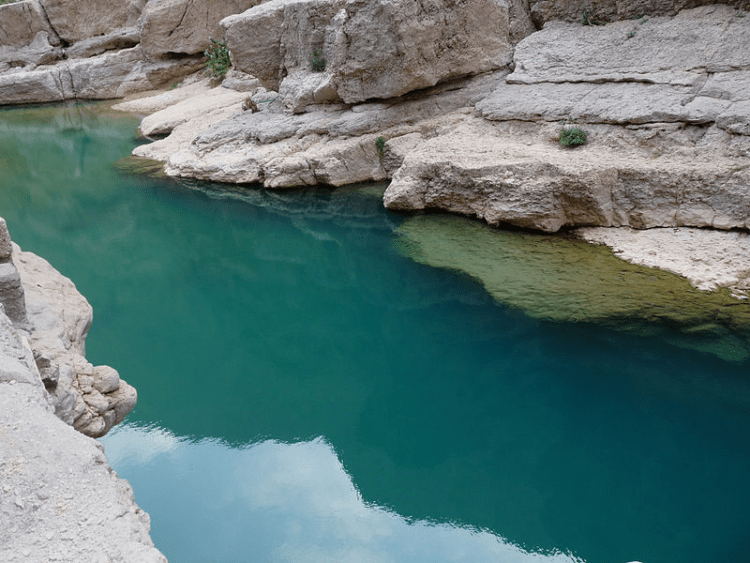
Jebel Akhdar
One of the highest points in Oman and eastern Arabia is Jebel Akhdar, also known as Green Mountain, which is located at the summit of the mountain range. Because of the mild Mediterranean environment, it is believed to be famed for its maze-like plantations and terraces, where pomegranates, apricots, and roses flourish. Private 4×4 safari off-road vehicles are available on tours for exploring the untamed countryside outside of Muscat. The tours can take you directly to local attractions like Birkat Al Mawz and Wadi Fanjah.
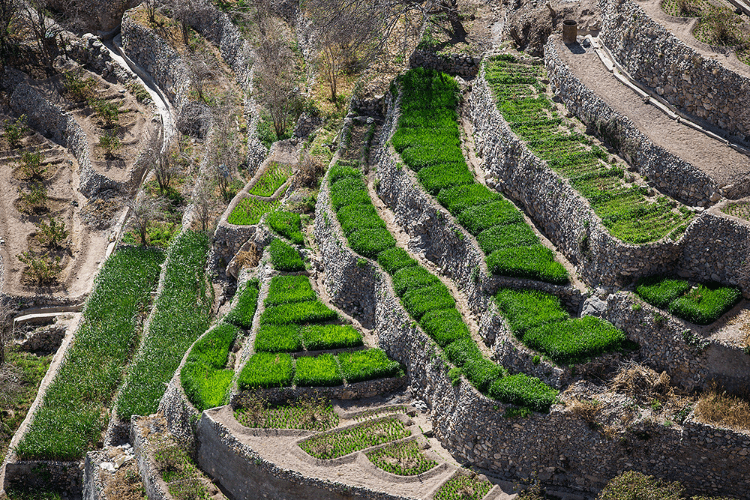
Royal Opera House
The Royal Opera House can be found in Muscat and the venue hosts renowned productions from around the world. There is a dress code and it requires suits or dinner jackets for men, dresses below the knee for women, and no jeans, T-shirts, or tennis shoes are allowed. The Opera’s contemporary architecture is inspired by historical fortresses. Additionally, the opera fosters wonderful shops, international brands, and an array of international cafés and dining options. It has 50 stores with a diverse and thoughtfully balanced selection of art galleries, jewellery stores, fashion boutiques, and perfumeries. Consequently, we can say that the Royal Opera House is a hub for inspiration, education, and fun.
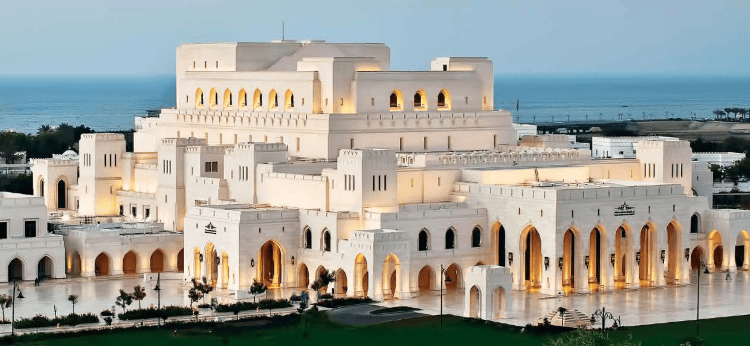
Bahla fort
One of Oman’s largest and oldest forts, Bahla Fort is the only fort in the nation to have been added to the UNESCO World Heritage List in 1987. Oman Tripper reports that according to official statements, the fort’s earliest components date back to 500 BC. The Fort can be reached from Muscat in less than two hours by car. The Nabhani Tribe renovated Bahla Fort back in the 13th century then the Yarubi Tribe restored it in the 17th century, and finally the Busaidi Tribe restored it once more in the 19th century. In the latter half of the 20th century, the fort was in a terrible state and so the Omani government decided to undertake a comprehensive restoration effort in 1988, and it was completed in May 2012.
